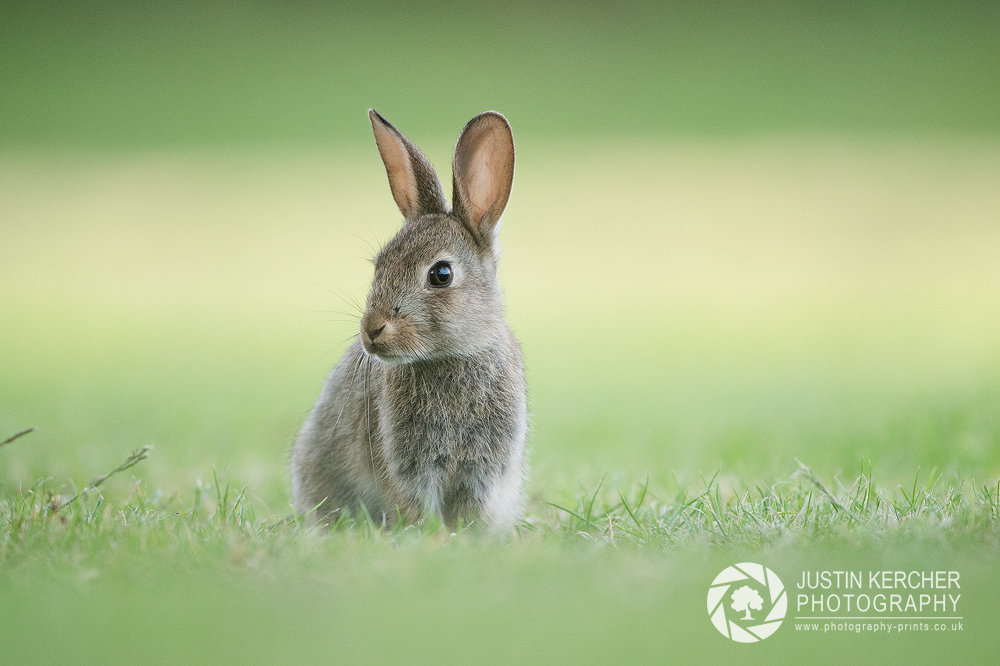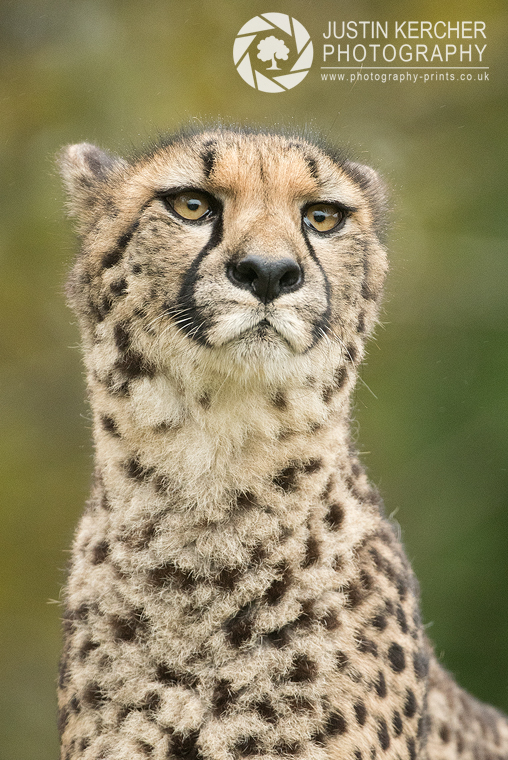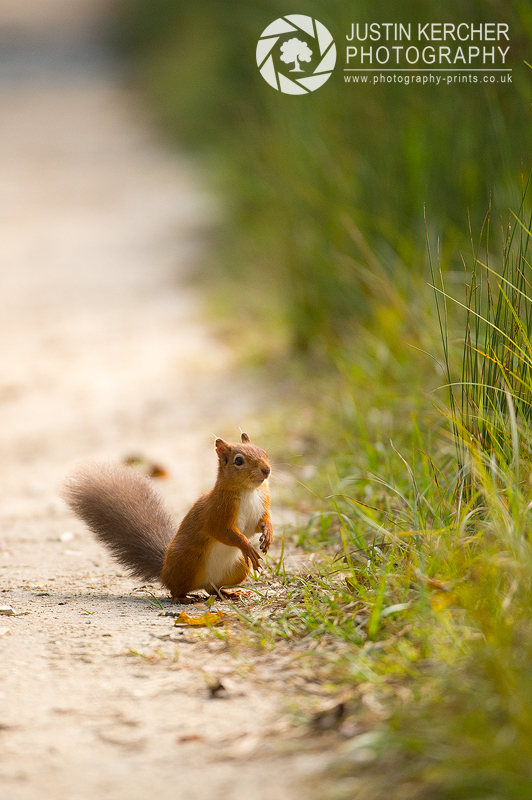Eye contact with your subject can be critical in wildlife portrait photography.
In any wildlife photo, the eye of your photographed subjects is usually the first place your viewers attention is drawn to. A tack sharp eye in an animal or bird portrait is usually the strongest part of the photo and If its out of focus and unintended, you've lost your shot.
Once you've mastered capturing a subjects eyes in sharp focus, the next step is to know where to place it within the frame. This photographic tip concentrates on the vertical level, i.e. height, of the eye within your composition.
Essentially, you have three options available to you.
- Shoot at EYE LEVEL with subject.
- Shoot BELOW eye level.
- Shoot ABOVE eye level.
These three different angles allow you to convey different 'feeling' or 'mood' in your wildlife photos.
Shooting at Eye Level
Shooting at eye level allows you to create very strong, intimate portraits of your subject. Anything from Antelope to Zebras can be made to make people go 'awww' when you use this approach. If it means laying down in 2 inches of mud - do it. And once you start doing it, don't stop doing it.
This method also has the benefit of aiding you int creating creamy Bokeh, (blurred backgrounds), providing you are close enough to your subject, have enough clearance behind the subject from any distractive background elements, and are using a wide aperture.

Shooting Below Eye Level
Getting low down and below the subjects eye level causes you to angle the camera lens upwards, allowing you to emphasize the subjects size and convey a sense of grandeur. Some subjects, especially powerful creatures such as elephants, horses and stags, almost demand this kind of emphasis in portrait style shots. They are impressive mammals and your photos should convey that fact.

Shooting Above Eye Level
Shooting above the subjects eye level is something I rarely do, and i'm unable to find a strong example of its use in my archives.
When you shoot from an elevated position above your subject, the lens is angled downwards. This conveys a subjects insignificance or vulnerability. This kind of shot could include things from newly hatched birds or new born animals as they are small and helpless. It also works well with endangered species.
